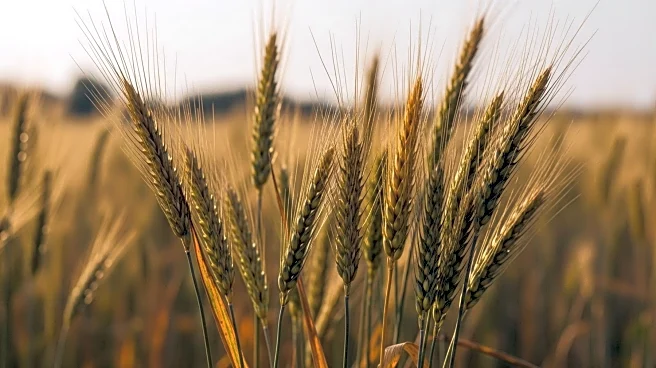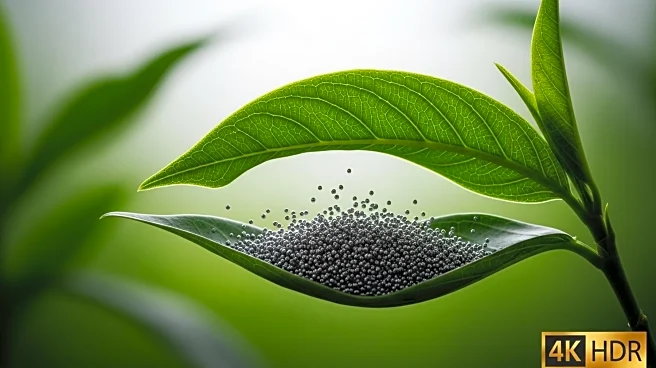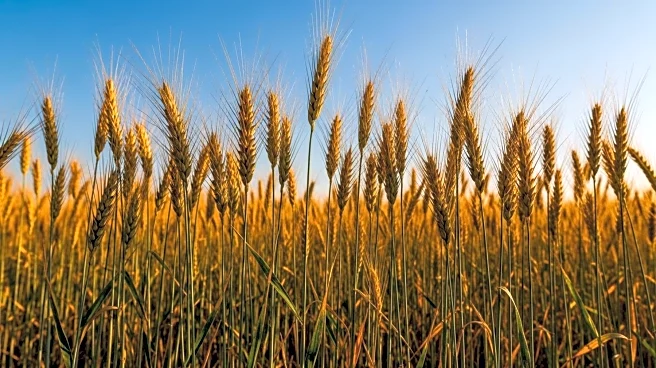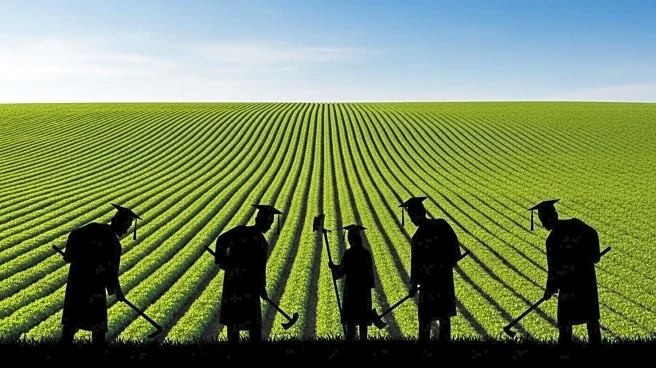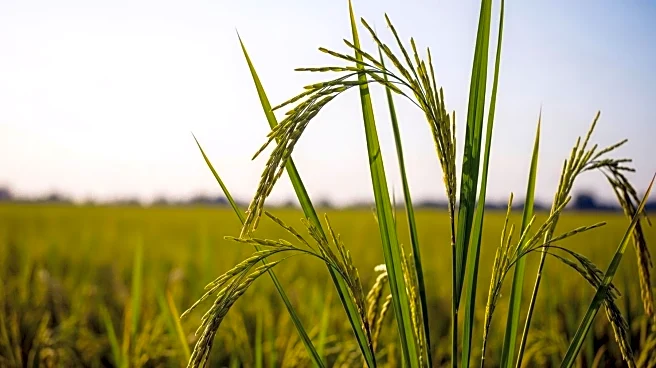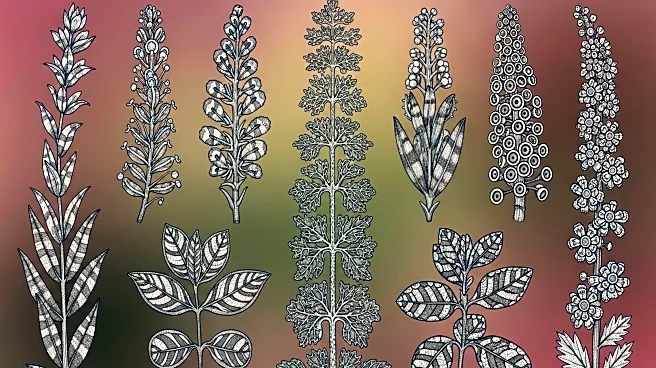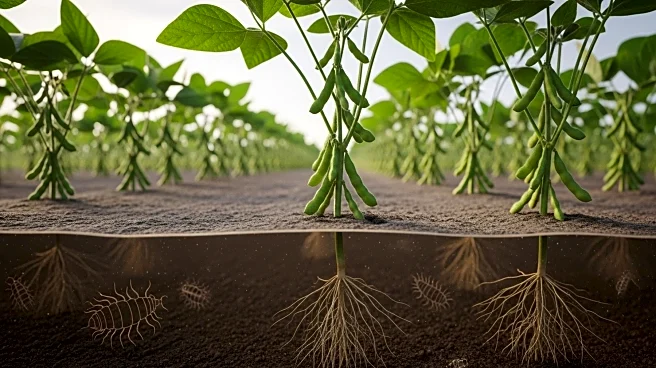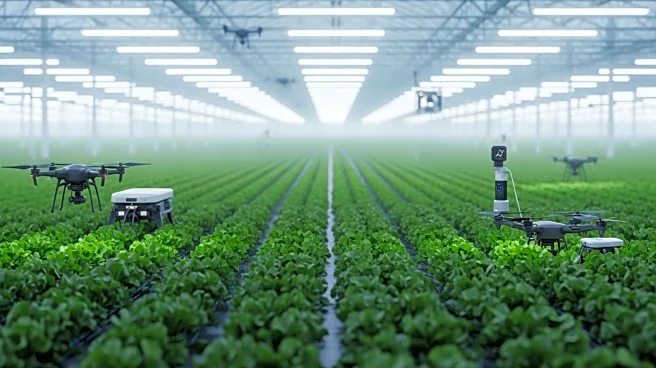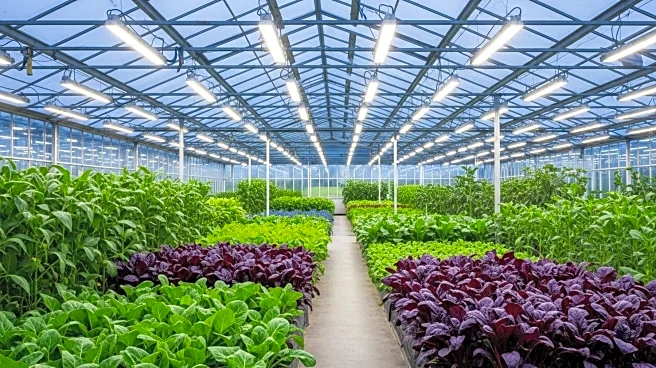What's Happening?
Scientists have uncovered the hybrid origins of the modern potato, tracing its lineage to a union between two ancient plant species. The discovery challenges previous assumptions about hybridization, revealing that the potato's genetic makeup is a result of a fortuitous union between a tomato-like plant and another species. This finding sheds light on the evolutionary processes that led to the development of the potato, a staple crop with significant agricultural importance. The research highlights the role of hybridization in creating new traits and species.
Why It's Important?
The discovery of the potato's hybrid origins has implications for understanding plant evolution and agricultural practices. It provides insights into the genetic diversity and adaptability of crops, which can inform breeding programs and improve food security. The research challenges traditional views on hybridization, suggesting that it can lead to beneficial traits and species development. This knowledge may influence future studies on crop genetics and contribute to sustainable agriculture practices.
What's Next?
Scientists may continue to explore the genetic history of other crops, using the potato as a model for understanding hybridization's role in plant evolution. The findings could lead to advancements in crop breeding techniques, enhancing resilience and productivity. Researchers may investigate the potential for creating new hybrid crops with desirable traits, contributing to food security and agricultural innovation. The study may also inspire interdisciplinary collaborations between geneticists, botanists, and agricultural experts.
Beyond the Headlines
The potato's hybrid origins raise questions about the ethical and environmental implications of genetic manipulation in agriculture. It challenges perceptions of natural versus artificial selection and the role of human intervention in shaping crop development. The discovery may influence discussions on biodiversity and conservation, highlighting the importance of preserving genetic diversity in agriculture. Long-term, it could lead to shifts in how scientists approach plant breeding and genetic research.

